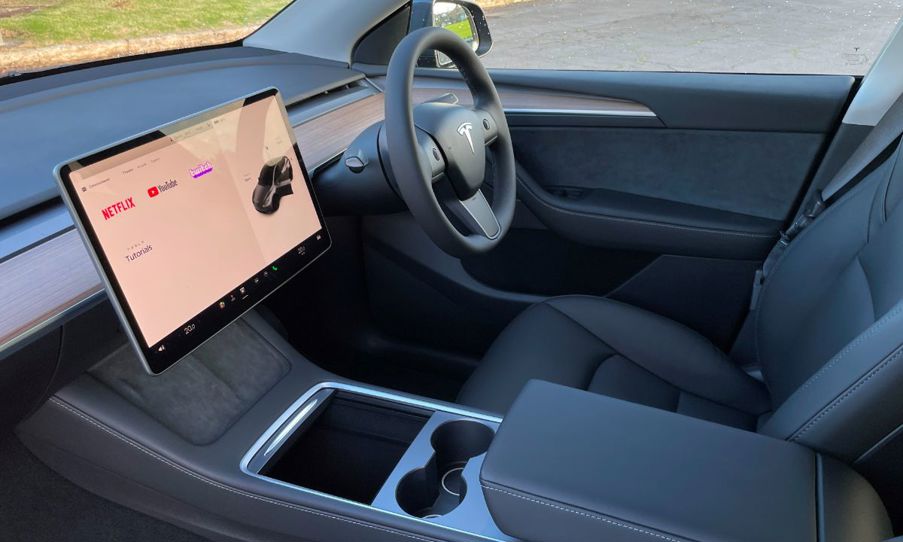In an era where touchscreens have infiltrated nearly every facet of technology, a fascinating shift is occurring within the automotive industry.
Manufacturers are increasingly reintroducing physical buttons and knobs into vehicle interiors, acknowledging a growing desire among drivers for tactile simplicity and safety.
This trend signifies a critical reassessment of how drivers interact with their cars, prioritising practicality over digital excess.
Button renaissance?

Rachel Plotnick, an Associate Professor at Indiana University Bloomington and a renowned authority on the history of buttons, has studied this tactile resurgence for years.
In an interview with IEEE Spectrum, Plotnick delves deep into the cultural and psychological significance of physical controls. Her insights are now guiding companies eager to strike the right balance between touchscreens and tactile interfaces.
When discussing the factors driving the comeback of physical buttons in consumer devices, particularly cars, Plotnick suggests to Spectrum that digital fatigue may be influencing this shift.
Plotnick posits that "screen fatigue" might be a driving factor. She noted that constant interaction with digital devices can be tiring, and physical buttons offer a way to "de-technologise our everyday existence" to some extent.
Buttons don't necessarily replace screens but work alongside them, reducing the overreliance on visual interaction. This shift "takes away the priority of vision as a sense," recognising that screens aren't always the optimal interface for every function.
The case for physical controls

In the context of driving, the limitations of touchscreens become starkly apparent. Operating a touchscreen demands visual engagement, which can distract drivers from the road - a risk that physical buttons mitigate.
Plotnick emphasises that tactile controls "offer a greater range of tactility and feedback," allowing drivers to operate essential functions by feel rather than sight.
This tactile interaction reduces cognitive load and enhances safety, enabling drivers to adjust settings without diverting their eyes.
Industry shift

Recognising these concerns, several automakers are reintroducing physical controls for critical functions like climate adjustment and audio volume. These elements are migrating back to the centre console, rescued from the depths of complex touchscreen menus.
The industry is acknowledging that while touchscreens offer versatility, they are not a one-size-fits-all solution for in-car interaction.
However, not all manufacturers are on board with this shift.
Companies like Tesla continue to champion a touchscreen-centric approach, even removing traditional controls like the gearshift stalk in favour of digital alternatives.
This divergence highlights an ongoing debate within the industry about the optimal balance between digital innovation and practical usability.
Towards a balanced future

Plotnick advocates for a harmonious integration of touchscreens and physical buttons, tailored to the specific demands of driving:
"People have a hunger for physical buttons, both because you don't always have to look at them - you can feel your way around for them when you don't want to directly pay attention to them - but also because they offer a greater range of tactility and feedback."
By employing a hybrid interface, automakers can leverage the strengths of both modalities.
Essential, time-sensitive functions benefit from the immediacy and intuitiveness of physical buttons, while touchscreens can manage less critical tasks like navigation and entertainment, where visual interaction is acceptable.
As the industry moves away from an over-reliance on touchscreens, the ultimate goal is enhancing driver experience without compromising safety.
The reintroduction of physical buttons represents a newfound commitment to practicality and user-centric design. By embracing a balanced approach, automakers can meet the evolving needs of drivers who value both innovation and intuitive control.





